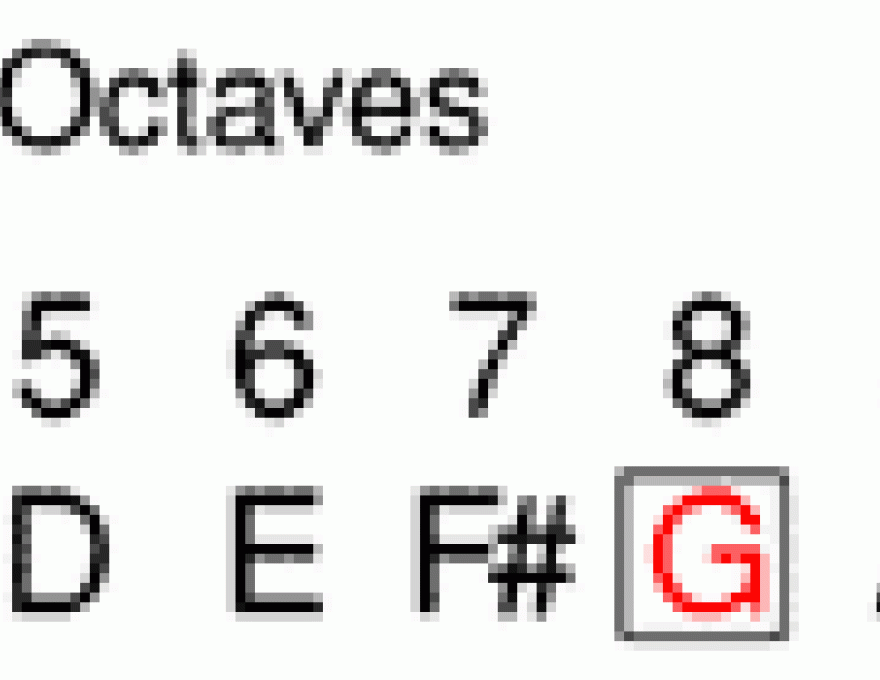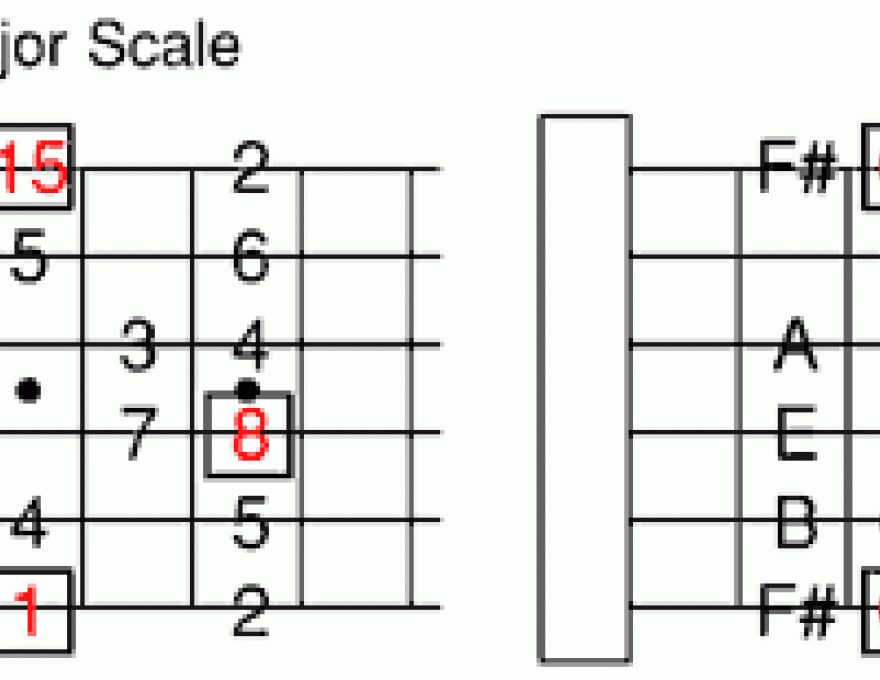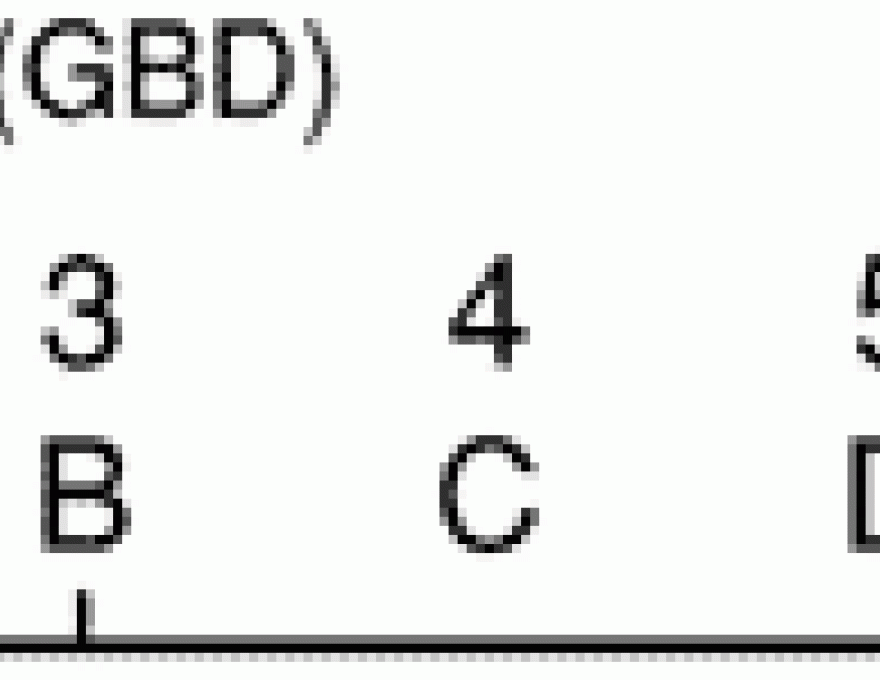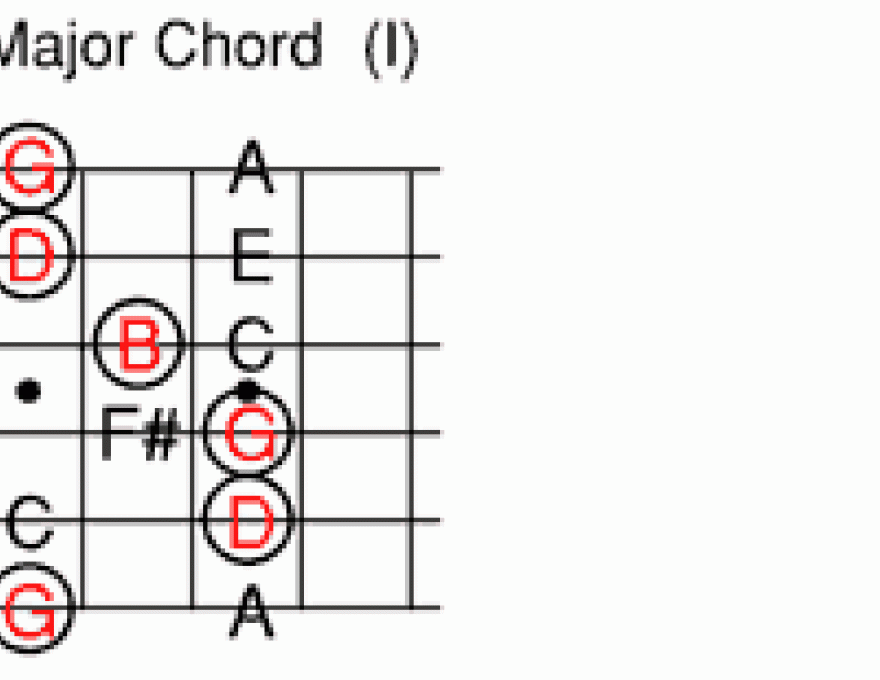by Mike Overly
Wouldn't you like to change chords faster? You could if you played them closer.
Let's begin by asking: Where do chords originate? The simple answer is: from the letters and tone numbers of a scale.
In other words, it's just like the Scrabble® word game. You know how to play that game, select some letters and then see how many words you can spell with those letters.
Well, guess what? Music is exactly the same. You select the letters of some scale and then you see how many chords you can spell with those letters!
Now, since there are many scales from which you can select letters to spell chords from, we will limit this lesson to the G major scale.
Many books have been written about this "music-spelling" game. They are known as Music Theory books. These books go into great detail explaining the rules of spelling such as: intervals, inversions, extensions, alterations and so on, until you become a Ph.D. at the spelling game. But who has that kind of time? So, here's a very simple concept that will have you easily spelling 7 different chords from the G major scale. Ready? Select "every-other-letter" from the scale. Wow, that sure was simple!
Okay then, let's begin by showing the G major scale as letters and tone numbers in two octaves. Figure 1.

G major scale as letters and tone numbers
Next, let's illustrate the circle-6-2, G major scale as letters and tone numbers on the guitar fretboard. Figure 2.

Now, let's begin the chord spelling game. The first chord of the G major scale is the G major chord, which is spelled with the 3 "every-other-letters: G B D. This first chord of the G major scale, is symbolized by a Roman Numeral I (one). Figure 3.

Next comes another fun game, find the hidden picture. Which now becomes: find the hidden chord! Do you see the circle 6-1 G major chord hidding within the circle 6-2 G major scale? Figure 4.

And now, a bit of the rules that was mentioned earlier. Since the G major chord begins on the tone 1, also known as the root of the G Major scale, it is called the I (one) chord. This is because the Arabic Tone Numbers: 1 2 3 4 5 6 7 symbolize single pitches. Traditional music theory calls these tone numbers, scale degrees. The Harmony Numerals: I ii iii IV V vi viib5 symbolize groups of pitches called chords. The I, IV and V chords are major, while the ii, iii and vi chords are minor. The viib5 is a minor flat five chord. Traditional music theory calls chord seven of the major scale: diminished. This is incorrect, but that's another lesson.
Let's proceed. In the key of G major, the ii minor chord is A minor (Am, A C E) and is shown in circle 6-3. Figures 5 and 6.

The iii minor chord is B minor (B D #F) shown in circle 5-1. Figures 7 and 8.

The IV major chord is C major (C E G) also in circle 5-1. Figures 9 and 10.

The V major chord is D major (D #F A) in circle 5-4. Figures 11 and 12.

The vi minor chord is E minor (E G B) in circle 4-1. Figures 13 and 14.

And finally, the viib5 minor flat five chord is #Fmb5 (#F A C) in circle 6-1 and circle 4-1. As we previously said, traditional theory incorrectly calls this a diminished chord. Figures 15, 16 and 17.

As you can now see, all the chords of the G major scale, or any scale, are within one fret of any other chord. You can't get any closer, or faster, than that!
So, 'til next time, have some fun playing closer and faster chord changes ~ I'll be listening . . .
Copyright 2013, 12 Tone Music Publishing, LLC. All Rights Reserved.
GRAMMY nominated Music Educator, Mike Overly easily combines the worlds of deeply-rooted academic study with a well-textured performance resume. His pathbreaking 12 Tone Music Publishing products, including the newly released Tone Note® Music Method for Guitar, provide valuable illuminating insights while simplifying the learning process.
Join Mike at www.12tonemusic.com to explore and expand your knowledge of these two iconic instruments through a variety of reviews and interviews, tips and tricks and free lessons of remarkable originality, all presented in a family-friendly forum. Plus, as an added bonus, you get to follow Mr. Pick as he introduces you to fun fretboard games, jokes, riddles, quotes and more. Be sure to read the 12 Tone Music Blog where Mike offers a behind-the-scenes look at the development of his unique approach to solving the problems of modern musical notation and traditional guitar and bass methods. Mike Overly's unmatched perspective on fretboard education has something for everyone ~ from the amateur hobbyist to the serious professional player ~ as well as any music enthusiast who wants to come along for the ride.
Wouldn't you like to change chords faster? You could if you played them closer.
Let's begin by asking: Where do chords originate? The simple answer is: from the letters and tone numbers of a scale.
In other words, it's just like the Scrabble® word game. You know how to play that game, select some letters and then see how many words you can spell with those letters.
Well, guess what? Music is exactly the same. You select the letters of some scale and then you see how many chords you can spell with those letters!
Now, since there are many scales from which you can select letters to spell chords from, we will limit this lesson to the G major scale.
Many books have been written about this "music-spelling" game. They are known as Music Theory books. These books go into great detail explaining the rules of spelling such as: intervals, inversions, extensions, alterations and so on, until you become a Ph.D. at the spelling game. But who has that kind of time? So, here's a very simple concept that will have you easily spelling 7 different chords from the G major scale. Ready? Select "every-other-letter" from the scale. Wow, that sure was simple!
Okay then, let's begin by showing the G major scale as letters and tone numbers in two octaves. Figure 1.

G major scale as letters and tone numbers
Next, let's illustrate the circle-6-2, G major scale as letters and tone numbers on the guitar fretboard. Figure 2.

Now, let's begin the chord spelling game. The first chord of the G major scale is the G major chord, which is spelled with the 3 "every-other-letters: G B D. This first chord of the G major scale, is symbolized by a Roman Numeral I (one). Figure 3.

Next comes another fun game, find the hidden picture. Which now becomes: find the hidden chord! Do you see the circle 6-1 G major chord hidding within the circle 6-2 G major scale? Figure 4.

And now, a bit of the rules that was mentioned earlier. Since the G major chord begins on the tone 1, also known as the root of the G Major scale, it is called the I (one) chord. This is because the Arabic Tone Numbers: 1 2 3 4 5 6 7 symbolize single pitches. Traditional music theory calls these tone numbers, scale degrees. The Harmony Numerals: I ii iii IV V vi viib5 symbolize groups of pitches called chords. The I, IV and V chords are major, while the ii, iii and vi chords are minor. The viib5 is a minor flat five chord. Traditional music theory calls chord seven of the major scale: diminished. This is incorrect, but that's another lesson.
Let's proceed. In the key of G major, the ii minor chord is A minor (Am, A C E) and is shown in circle 6-3. Figures 5 and 6.

The iii minor chord is B minor (B D #F) shown in circle 5-1. Figures 7 and 8.

The IV major chord is C major (C E G) also in circle 5-1. Figures 9 and 10.

The V major chord is D major (D #F A) in circle 5-4. Figures 11 and 12.

The vi minor chord is E minor (E G B) in circle 4-1. Figures 13 and 14.

And finally, the viib5 minor flat five chord is #Fmb5 (#F A C) in circle 6-1 and circle 4-1. As we previously said, traditional theory incorrectly calls this a diminished chord. Figures 15, 16 and 17.

As you can now see, all the chords of the G major scale, or any scale, are within one fret of any other chord. You can't get any closer, or faster, than that!
So, 'til next time, have some fun playing closer and faster chord changes ~ I'll be listening . . .
Copyright 2013, 12 Tone Music Publishing, LLC. All Rights Reserved.
GRAMMY nominated Music Educator, Mike Overly easily combines the worlds of deeply-rooted academic study with a well-textured performance resume. His pathbreaking 12 Tone Music Publishing products, including the newly released Tone Note® Music Method for Guitar, provide valuable illuminating insights while simplifying the learning process.
Join Mike at www.12tonemusic.com to explore and expand your knowledge of these two iconic instruments through a variety of reviews and interviews, tips and tricks and free lessons of remarkable originality, all presented in a family-friendly forum. Plus, as an added bonus, you get to follow Mr. Pick as he introduces you to fun fretboard games, jokes, riddles, quotes and more. Be sure to read the 12 Tone Music Blog where Mike offers a behind-the-scenes look at the development of his unique approach to solving the problems of modern musical notation and traditional guitar and bass methods. Mike Overly's unmatched perspective on fretboard education has something for everyone ~ from the amateur hobbyist to the serious professional player ~ as well as any music enthusiast who wants to come along for the ride.









